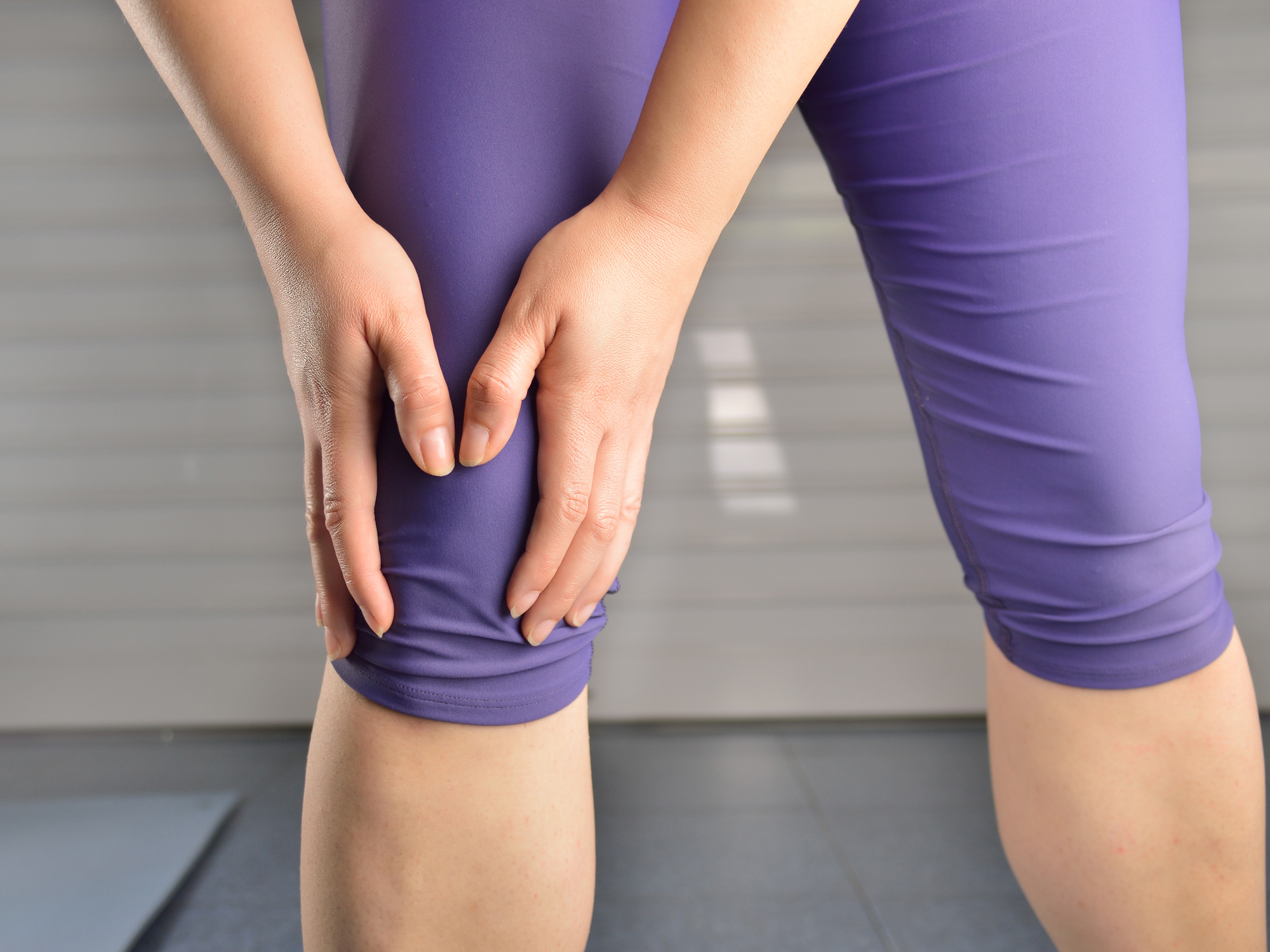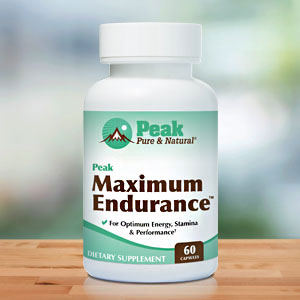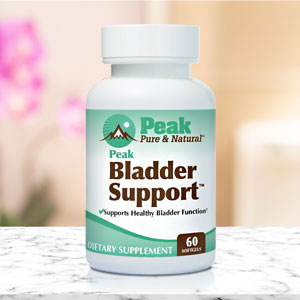Get Easy Health Digest™ in your inbox and don’t miss a thing when you subscribe today. Plus, get the free bonus report, Mother Nature’s Tips, Tricks and Remedies for Cholesterol, Blood Pressure & Blood Sugar as my way of saying welcome to the community!
6-minute collagen boost for pain-free joints and firm skin

You may have heard recently that there’s no “secret” to longevity…
My colleague and fitness expert, Debra Atkinson, couldn’t have said it better than she did in a recent post: We don’t stop moving because we get old. We get old because we stop moving.
And there’s plenty of science behind that statement. If you stop moving, you will feel it in your body, and your brain will suffer too. Just 10 days without exercise significantly reduces blood flow to your brain and increases the risk of Alzheimer’s.
Lack of exercise can also make you look older than your years. When I became a runner, I had no idea it would be one of the best things I could do to keep my skin younger-looking.
So, you know staying active is vital for longevity, health vitality and quality of life. Then what’s holding you back?
If sore, achy or swollen joints are keeping you from being as active as you’d like, you’re not alone. It’s hard to stay active when your joints are painful and stiff. That’s something most athletes and people in their 40s and 50s — and beyond — can unanimously attest to.
But, if joint problems are keeping you from staying active, they’re also sending your health into a downward spiral. So, what’s the solution?
Well, if you’re dealing with joint pain, it’s probably due to one of two causes — arthritis or an injury to the tendons, ligaments, muscles or bones that make up your joints. Luckily, both causes may share a common remedy….
Gelatin.
Now, you may already be familiar with gelatin as the ingredient that gives Jell-O its jiggle. Or as the ingredient your vegetarian friends read labels to avoid. That’s because gelatin is made from collagen that comes from the joints, ligaments, tendons and/or bones of pigs or cows.
Collagen is a protein found in connective tissue… and not just the connective tissue of farm animals. It’s found in human connective tissue too. But collagen production tends to decline with age, which can take a toll on your joints, your skin’s elasticity and other body parts. That’s why you need gelatin to come to your rescue….
The joint-gelatin connection
Researchers from the University of California-Davis College of Biological Sciences and the Australian Institute of Sport recently performed a study on gelatin and joint health, and here’s what they found…
Taking a gelatin supplement can increase the amino acids that your body uses to produce collagen and replenish tendons, ligaments and bone. It also increases other biomarkers associated with collagen production in your body.
In the study, researchers had eight young men drink a liquid gelatin supplement enhanced with vitamin C. Some men got supplements that contained 5 grams of gelatin, others got supplements that contained 15 grams of gelatin. Then, one hour after the collagen was taken, these men did something else that’s known to boost collagen production…. exercise.
Study participants jumped rope for six minutes, one hour after they’d taken the supplement. And they followed this pattern three times per day for three days — taking a collagen supplement, waiting an hour and then jumping rope for six minutes.
Blood was drawn frequently throughout the study, of course. By the end of the study, researchers determined that participants who took 15 grams of gelatin one hour before exercise were able to double the amino acid precursor for collagen in their blood — which means their body was most likely making double the amount of collagen.
Now, this was a really small study. So, it’s far from the final word on the relationship between gelatin and joint health. But other studies support this connection…
A 2000 study, for example, showed that 10 grams of gelatin plus calcium and vitamin C can ease the joint pain and stiffness caused by osteoarthritis. And a 2009 study showed that chicken collagen supplements improved joint function in people with rheumatoid arthritis.
Getting good gelatin
Since gelatin is an animal product, it’s especially important to get your gelatin from a high-quality source. As a follower of a paleo-styled diet, you’ve heard me harp plenty about how bad poor quality meat and dairy products are for you. They’re filled with antibiotics, hormones and other inflammation-causing additives. And the same is true of gelatin.
I prefer to get my gelatin fix from homemade bone broth, made with beef bones from grass-fed livestock. Since bone broth is made from bones, it’s a great source of gelatin. Not into boiling bones? You can also purchase premade bone broth powder online or at your local health food store.
You can also find grass-fed gelatin supplement powder that you can add to juice, broth, tea, soups or stews. In fact, if you buy unflavored gelatin, you should be able to add it to almost anything without worrying about a weird aftertaste. Or you could buy gelatin capsules and make them part of your daily routine.
Before you know it, you’ll be able to get back into walking, possibly running, HIIT, yoga, Tai chi — or any style of exercise that keeps you moving and on your way to strong, healthy and productive senior years.
As a bonus, if you start supplementing with gelatin or bone broth, and boosting your collagen production through exercise, not only will you have healthier joints — but you’ll have better digestion, younger-looking skin, healthier hair and stronger teeth too.
Editor’s note: Did you know that when you take your body from acid to alkaline you can boost your energy, lose weight, soothe digestion, avoid illness and achieve wellness? Click here to discover The Alkaline Secret to Ultimate Vitality and revive your life today!
Sources:
-
Shaw, et al. “Vitamin C–enriched gelatin supplementation before intermittent activity augments collagen synthesis.” The American Journal of Clinical Nutrition, 2016.
-
W. Moskowitz. “Role of collagen hydrolysate in bone and joint disease.” Seminars in Arthritis and Rheumatism. Oct. 2000;30(2):87-99.
-
W Wei, et al. “A multicenter, double-blind, randomized, controlled phase III clinical trial of chicken type II collagen in rheumatoid arthritis.” Arthritis Research & Therapy, 2009.















